Panier
Close
- No products in the cart.
Sous total (Hors frais de livraison)
0,00€
Payer
Expédition et livraison
Réparation et maintenance
You’ve mastered the basics of wingfoil (or almost mastered them), and now you want to take it to the next level? As with windsurfing and kitesurfing, for some, jumping is a natural progression towards an even more aerial experience! Among the many possible maneuvers, jumpering is both spectacular and incredibly rewarding. But how do you go about taking to the skies and enjoying a different view for just a moment? Here’s our advice on how to do it safely.

Wingfoil jumping is a logical evolution for any wingfoiler who wants to add an extra dimension to his practice. However, it’s important not to jump too quickly, so as not to hurt yourself or break your equipment.
The choice of equipment is a key factor in the success of your first wingfoil jumps. The right equipment will enable you to optimize your performance and evolve in complete safety.
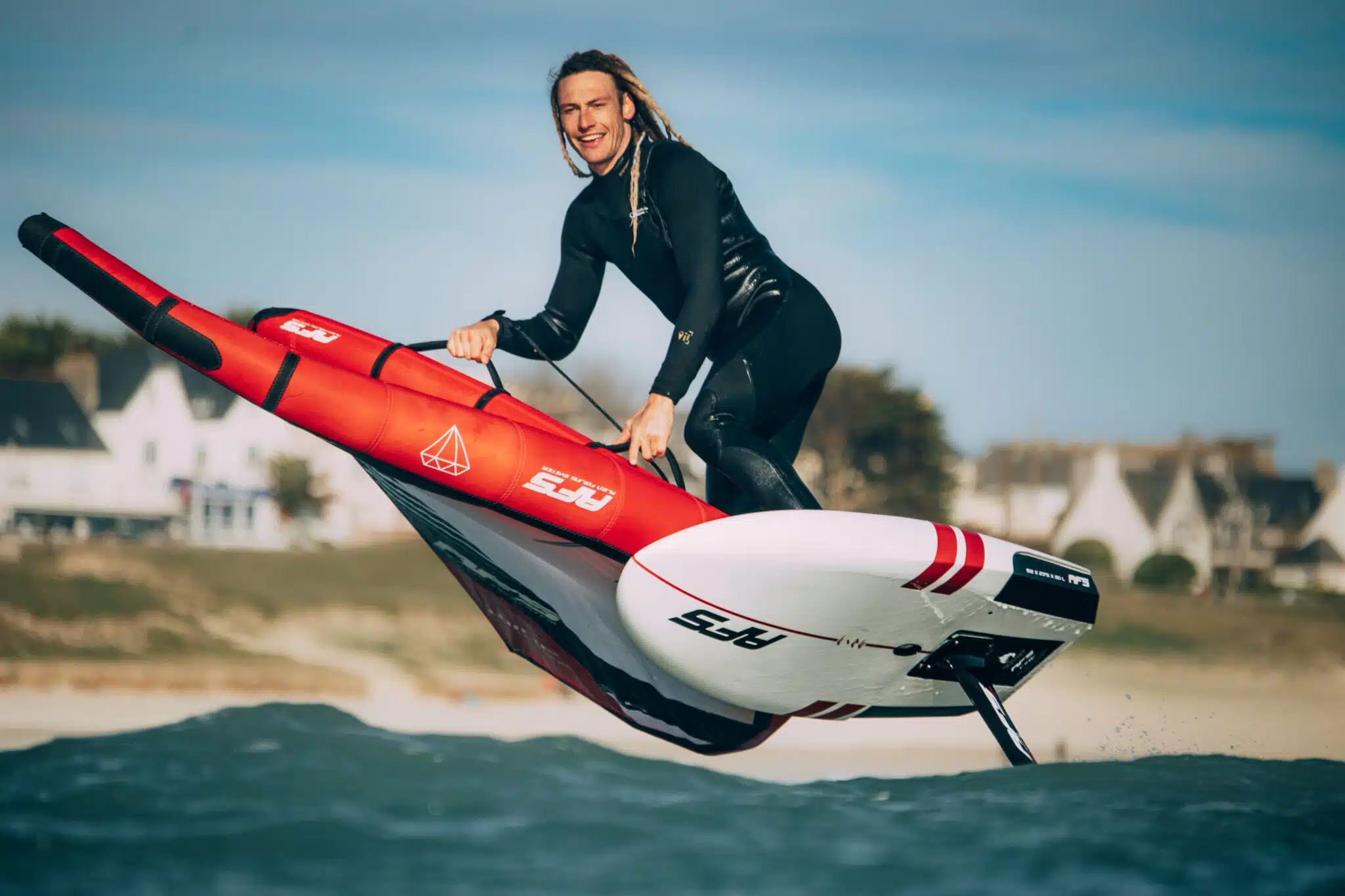
Once again, start with small, gentle jumps before attempting more complex tricks and figures. It’s certainly easier to take off with a bit of chop or real waves or swell in front of you… But you’ll go higher, and that’s not the point at first.
Wing-foil jumping is a maneuver accessible to almost all levels, as long as you practice regularly and follow the safety instructions. Don’t hesitate to ask experienced wingfoilers for advice, and watch videos regularly. Are you ready to take the plunge?
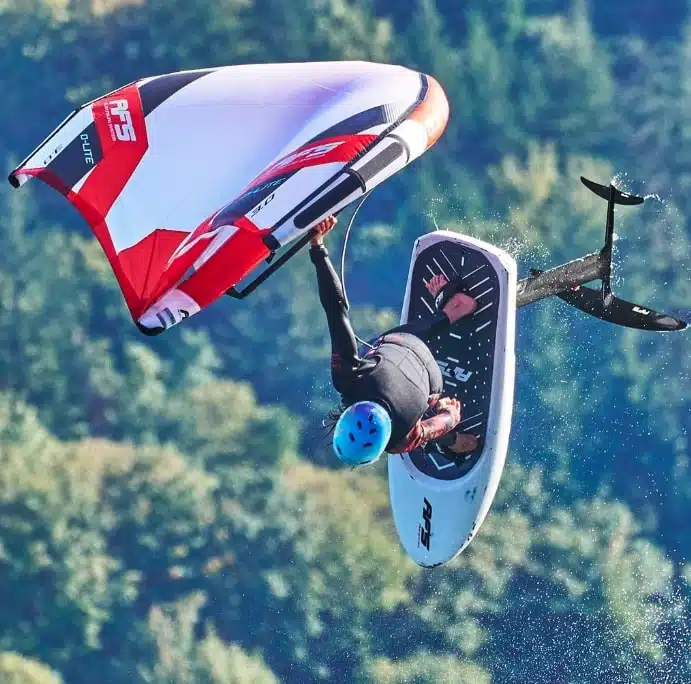
Click & Collect
Secure payment in 3 or 4 instalments
Advice from enthusiasts
Satisfied or your money back
2 to 3 years warranty
Worldwide delivery
Votre emplacement actuel et les langues disponibles
Your current location and available languages
Build your complete foil equipment according to your practice and objectives.
Answer a few quick questions and get a suggestion.
Compare up to three stabilizers side by side.
Coming soon...
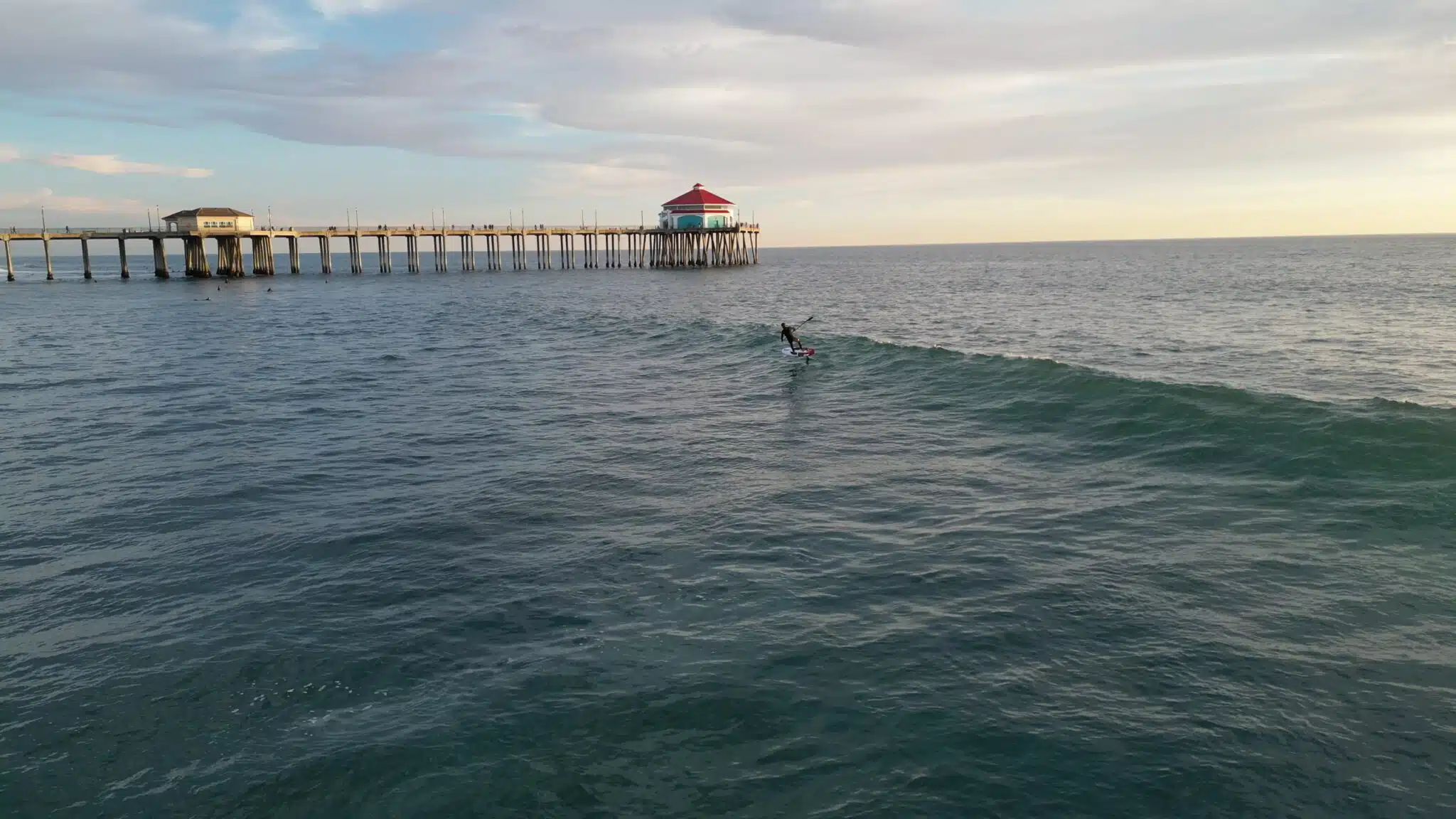


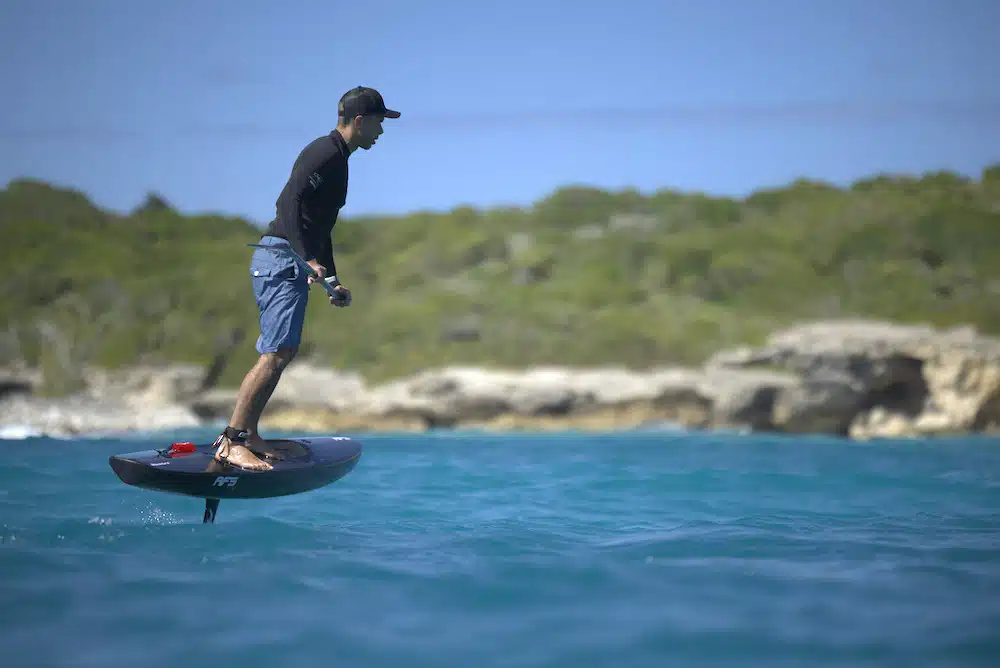
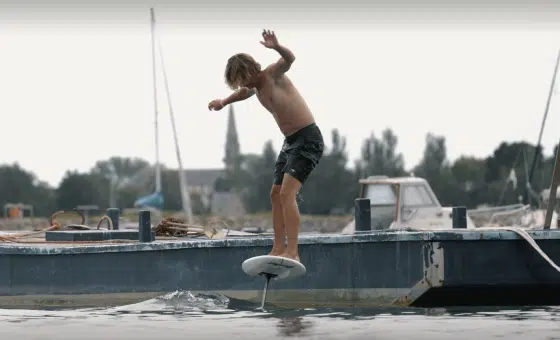
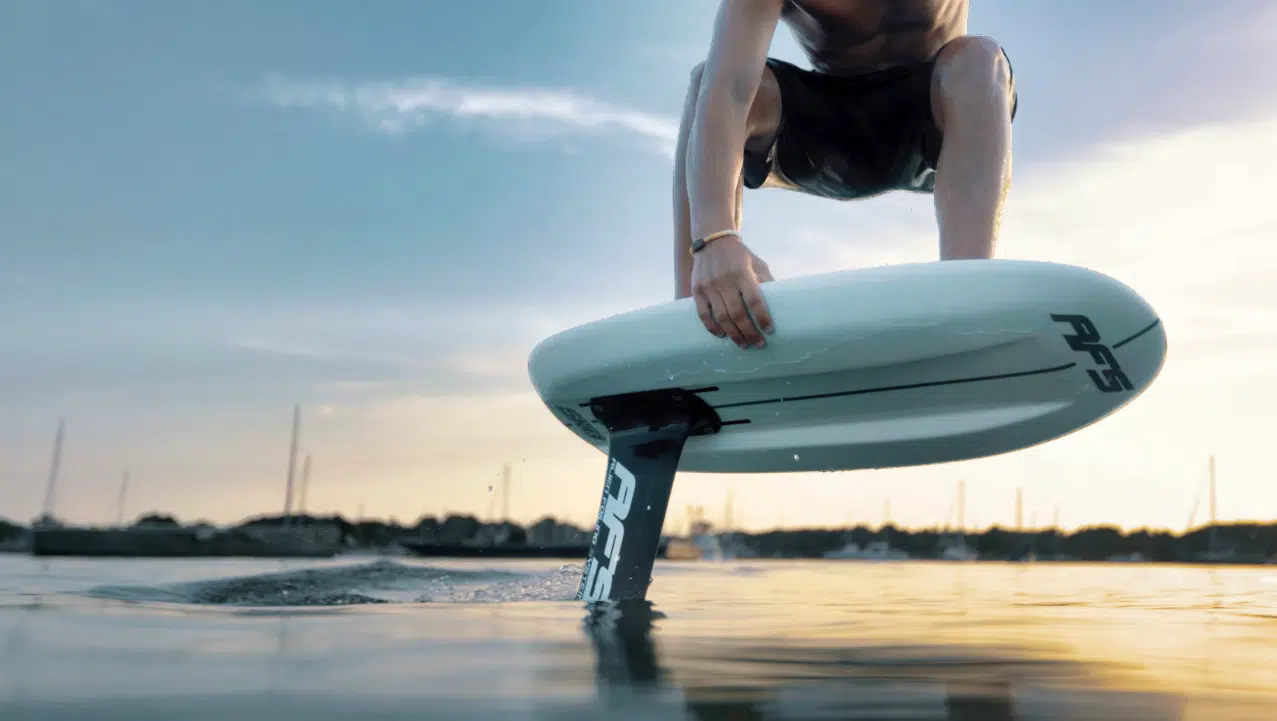


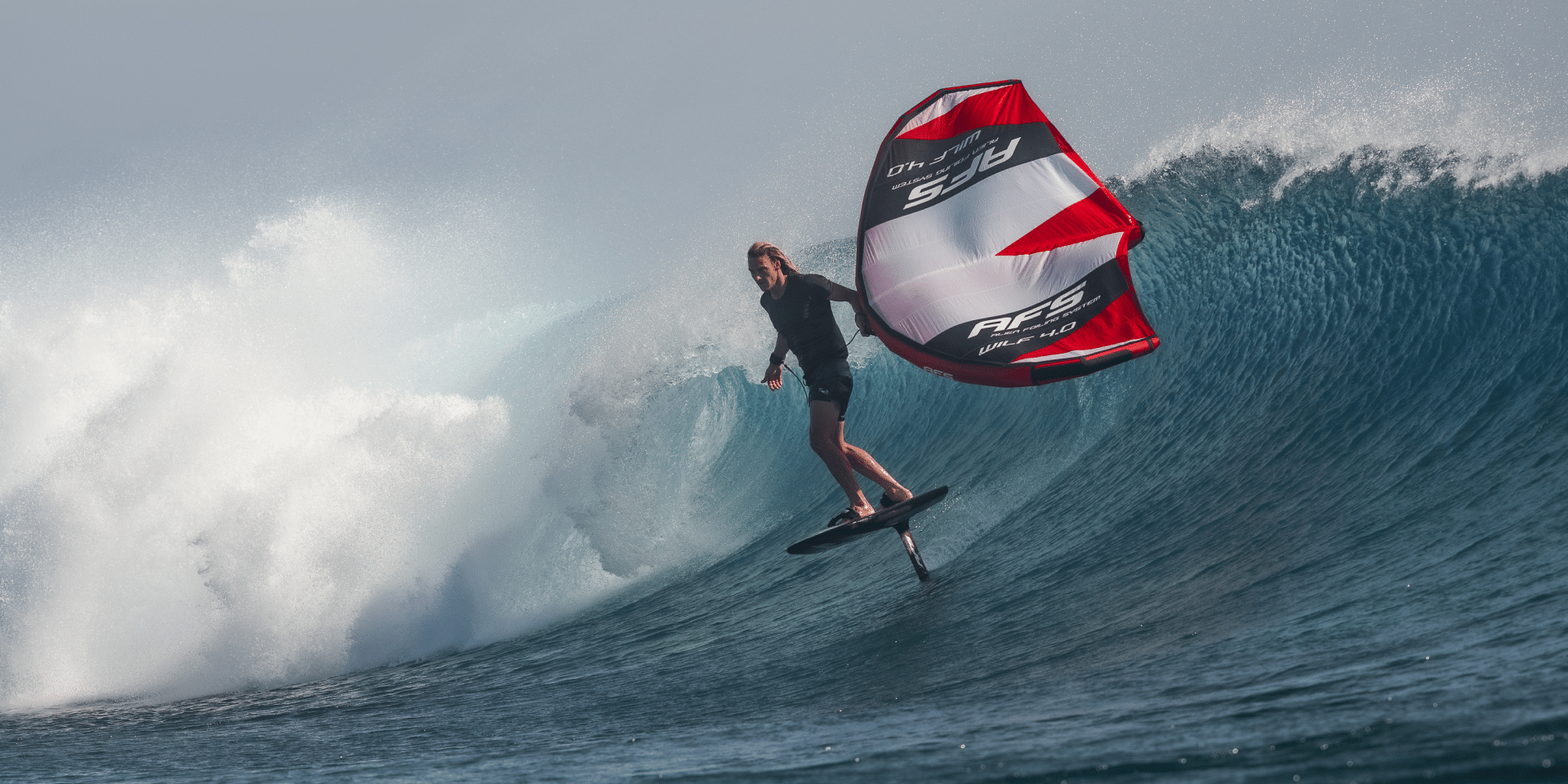
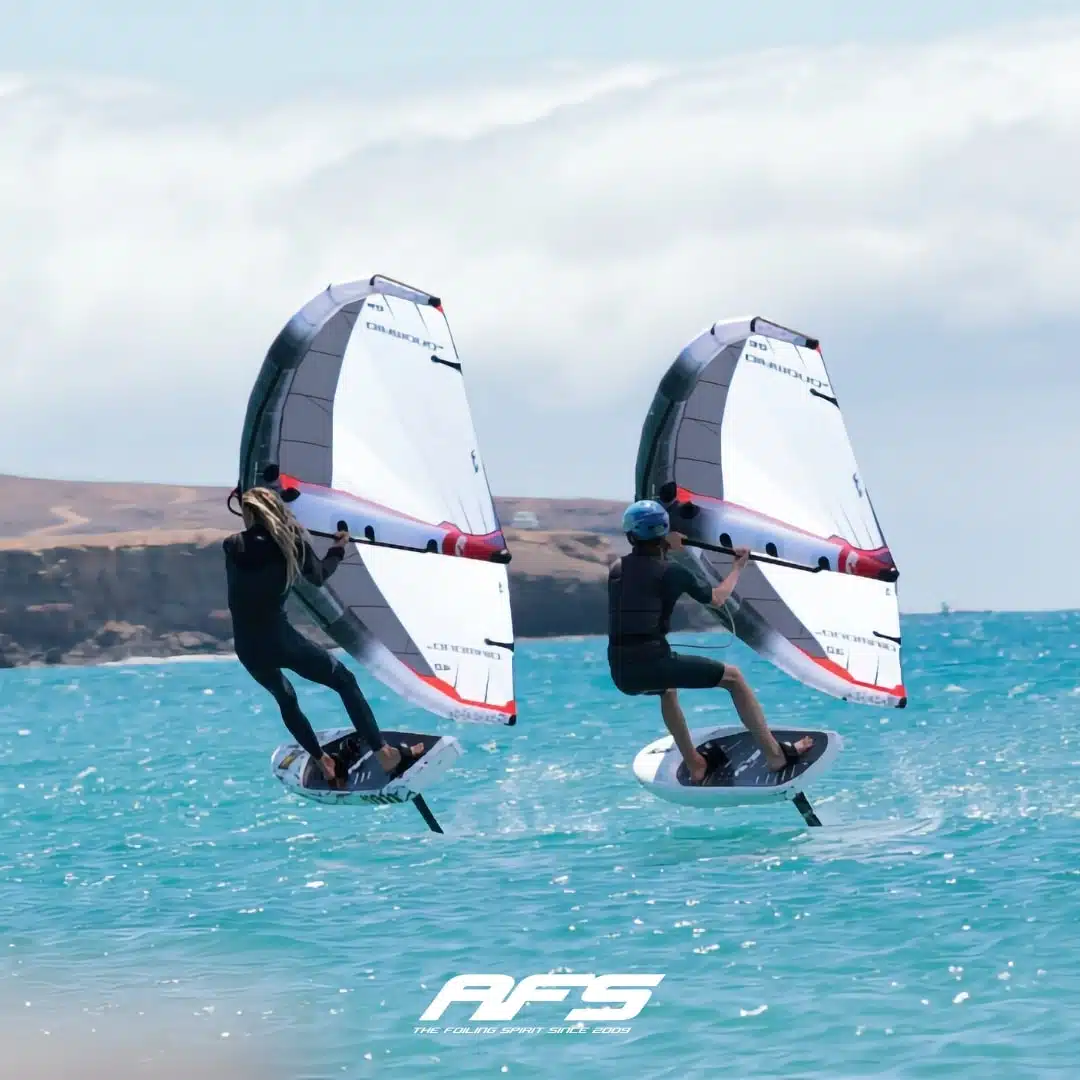
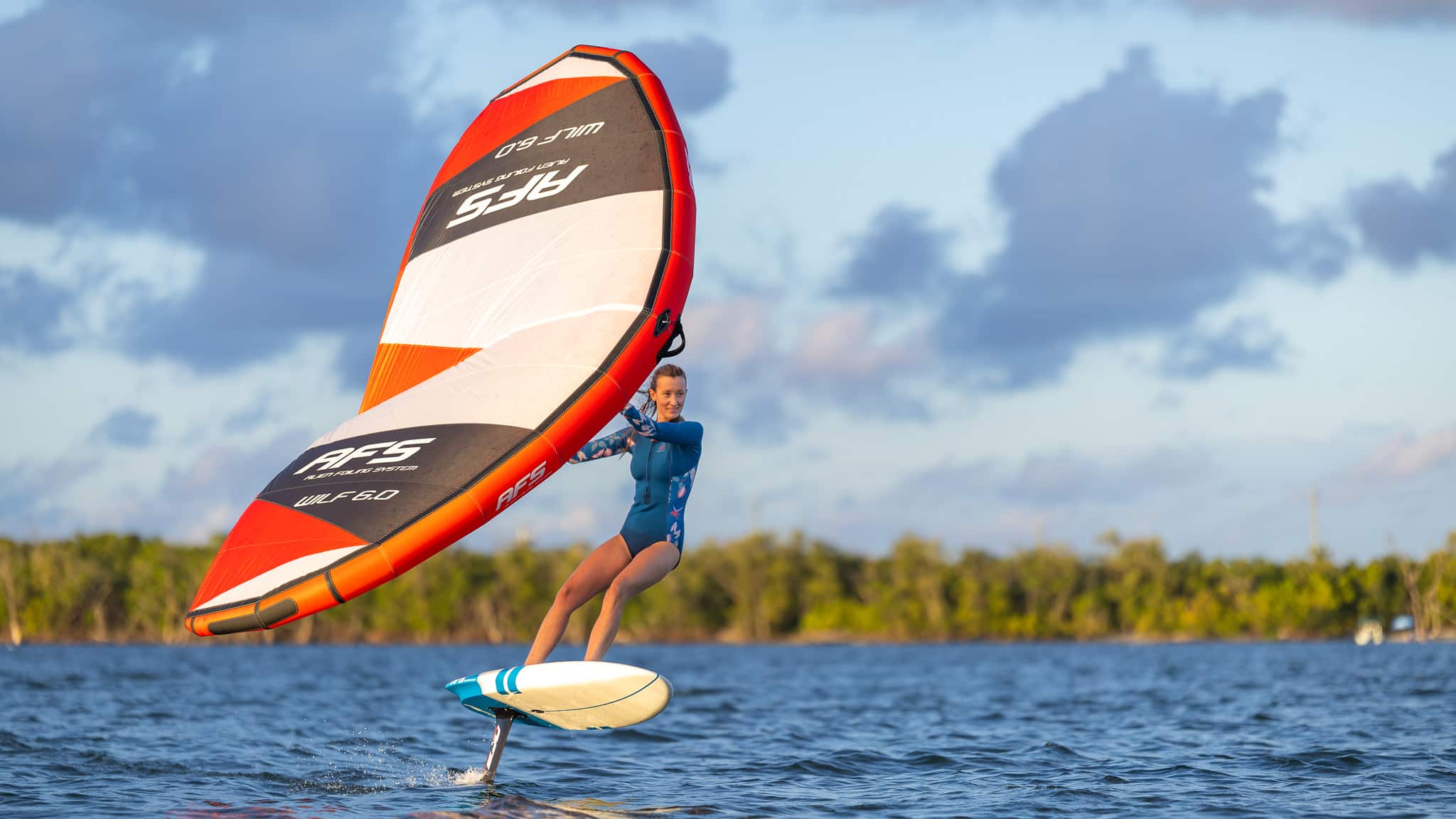

You will receive a product in excellent condition, with a few minor scratches from use.
Your product may have a few minor scratches or visual defects, but it's ready to take to the water again!
Despite deeper scratches or more pronounced visual defects, your product can take to the sea without hesitation: at this price, it's a shame to miss out!